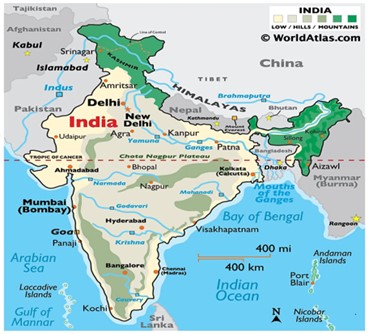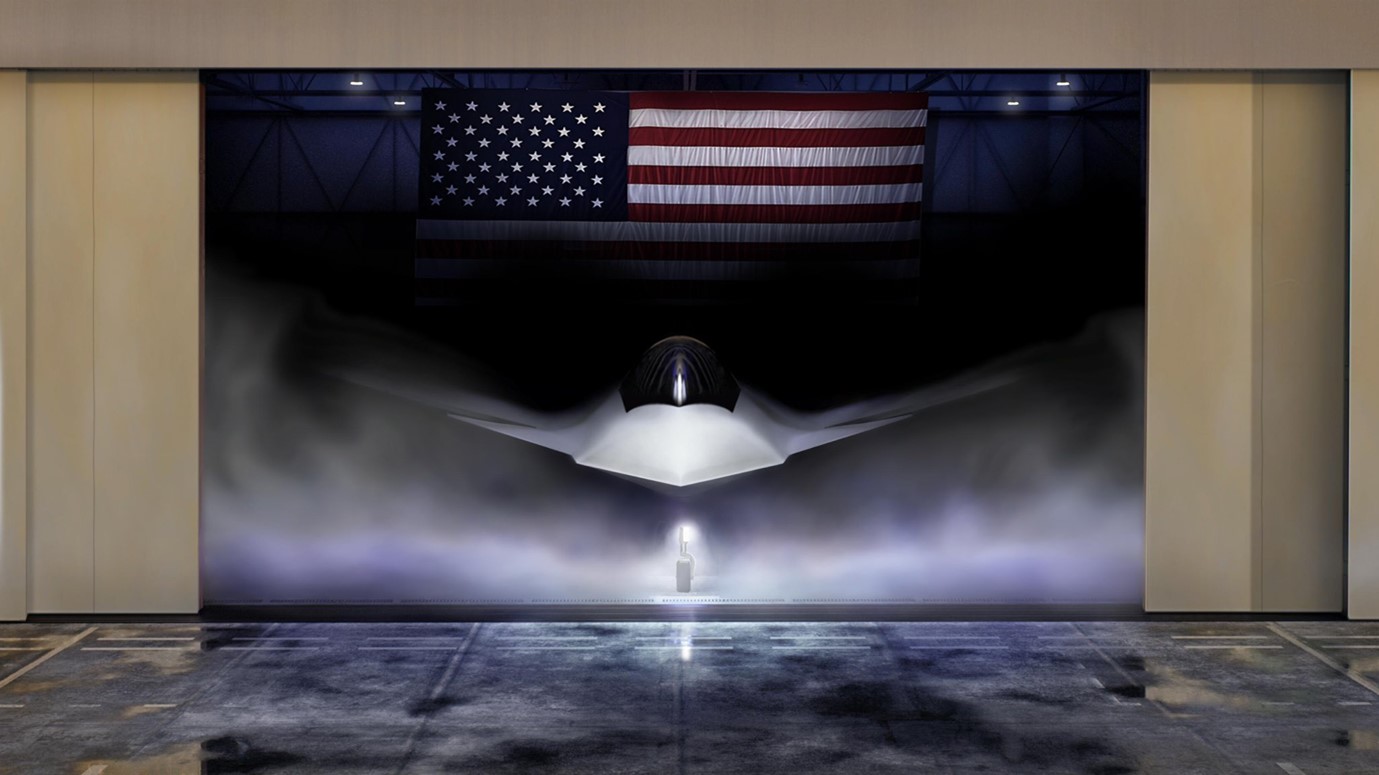
ARE THE INDIAN ARMED FORCES LOOKING AT A THREE FRONT WAR

The Indian Armed Forces traditionally and conventionally prepared itself with a war against Pakistan. Accordingly, our military doctrines and war-games were more focused on “Red Land” often referred to as Pakistan. China as nicknamed, “Chandal Desh” never featured much in our equations. The operational plans as well as the deployment of most of our Infantry and Armoured formations were therefore centric towards the Western Front. Northern Command was also quite dormant with sporadic incidents of minor incursions by the PLA forces which often got resolved through Red Flag meetings between the military commanders of both the armies.
PLA Incursions Post April 2020
This changed dramatically in April 2020, when the PLA forces decided to move in unilaterally violating all previous agreements and confidence building measures and occupied massive chunks of disputed territories in seven major areas on the LAC in Ladakh. It is now almost four years that our Armed Forces are engaged at the Northern Front with the PLA in an eyeball-to-eyeball deployment. Recently, some progress has been made to dis-engage the forces especially in Depsang and Demchok areas and allow patrols from both sides to carry out patrolling in a coordinated manner, thereby ensuring minimisation of conflict conflagration.
Changes in Military Doctrine Towards a Two Front Scenario

There is a past history of conflicts with the PLA and unfortunately 23 disputed and sensitive areas remain unresolved along the 3488 kms LAC despite a façade of good neighbourly relations being propounded. The Indian Armed Forces now looks at two fronts in its revised military doctrine and war gaming and would need to cater for deployments in both Northern and Western sectors in the form of permanent positioning of troops. Consequently, the operational role of certain formations has undergone a change and redeployment done with a view to secure both the fronts.
As they say, Geopolitics is a science which is least understood by many. Barely had we absorbed the changed realities, we were now looking at a “two front scenarios”, which had necessitated the military planners to shed an “offensive” role and move towards an “offensive defence strategy”. Considering the force level, we have today, we are left with no option but to contain our adversaries and be largely defensive in nature. However, this scenario now further gets complicated with the deteriorating political landscape with our neighbours Bangladesh and Myanmar in the Northeastern part of our borders. It therefore, becomes imperative to critically analyse the current geopolitical situation in our sub-continent and understand the security implications this may lead to. There will be a need to re-focus on our operational preparedness on these borders considering that our armed forces are already over stretched along the two major fronts viz, Northern and Western borders.
Strategic Significance of Northeast India

Northeastern India comprises of seven sister states with 99% of the 6387 kms border of the region as an international border with Bangladesh, Myanmar, China and Bhutan. It makes up almost 40 per cent of India’s land borders with its neighbours. It thus has an extraordinary important strategic dimension and is a vital part of the nation’s defence architecture. What assumes greatest importance is the critical location of the Siliguri Corridor (Chicken ‘Neck) just 23 km in width, which connects the seven North-Eastern States with mainland India.
Political Situation in Bangladesh
On 05 August 2024, there was a political upheaval in Bangladesh with a change in guard and dismantling of the Awami League controlled Government with Sheikh Haseena seeking political asylum in India. Mohammad Yunus, a Bangladeshi economist, entrepreneur, politician, and civil society leader took over as the Chief Adviser of the Interim Government of Bangladesh. Recent incidents in Bangladesh have predominantly exhibited an anti-Indian stance of the present disposition, which is largely influenced by the Bangladesh Nationalistic Party (BNP) and Jamaat-e-Islam cadres which are an intrinsic part of the new Government. Recent attack on Hindu minorities have been largely condemned by India. There has been, therefore, a downward slide in India-Bangladesh relations which is a cause for serious concern considering that we have a 4096 km of border along our states of West Bengal, Meghalaya and Tripura.
Bangladesh has a past history of nurturing terrorist bases on its soil. According to intelligence reports, Pakistan’s notorious Inter-Services Intelligence (ISI) is back in Bangladesh. It has started imparting training to Rohingyas in Naikhongchhari sub-district of Bandarban district in the country’s Chittagong division and to Islamist terror groups in Brahmanbaria district bordering Tripura and inside the Khadimnagar National Park in Sylhet district bordering Meghalaya.
As a precautionary measure, the BSF battalions deployed near the border have moved up to the zero line to prevent possible ingress of extremists as well as refugees. The Indian Army has also re-deployed itself at four locations along the Bangladesh border mainly in Petropole in North 24 Parganas, Changrabandha in Cooch Behar, Fulbari in Jalpaiguri and Hili in South Dinajpur.
The current geopolitics dynamics in Bangladesh suggest a shift towards China and Pakistan with commencement of arrival of shipments of arms and ammunition from these countries. Indian Army needs to be at utmost vigil to cater for all contingencies and side-step forces if required.
Political and Security Situation in Myanmar

Consequent to the military coup in Myanmar in February 2021 by the Military Junta, there has been an escalation of violence all along the country. The rebels as on date control more than 75 percent of the Myanmar borders and much of the border region along the Indian border. Over 2.5 million people have been displaced with over one lakh moving into India and Thailand. The coming together of the three-brotherhood alliance i.e Arakan Army, National Democratic Alliance Army and Ta’alang National Liberation Army and launching of Operation 1027 has unsettled the might of the Military Junta. There is ample evidence of Chinese support in the form of weapons, ammunition and drones to these rebel groups. Presently a full scaled offensive is going along in provinces of Shan State, Kayin State, Rakhine State and the Chin State.

What is relevant here is that the Arakan Army’s offensive in the Rakhine State has created a security dilemma in Bangladesh as well as India. The rebel Arakan Army operating in Myanmar’s Rakhine State and the Bangladesh Army have been in “contact” since the fall of Maungdaw in the second week of December with the former seeking help to keep vital supply lines open and secure. The Arakan Army’s ‘successful’ battlefield objective could be achieved following fierce fighting over Ann and the reported capture of the Myanmar Army’s Western Military District Headquarters.
Thousands of Rohingyas have been pushed into Bangladesh and the Arakan Army with the capture of Rihkhawdar on the Myanmar border is just 10 kms away from the Mizoram’s border town of Zokhawthar. Since India has a porous border of 1643 kms with Myanmar with practically no fencing along the border, this presents a serious security concern, especially in the prevailing political situation in Manipur and Mizoram.
Summary
Considering the volatility of the internal situation in Bangladesh as well as in Myanmar, we have a total border stretch of 5739 kms to be managed. This will require a re-think in our present strategy of border management. It is high time that we start analysing the requirement of “One Border One Force”. Border management needs to be treated as a specialist domain managed by professionals rather than being dealt with in a cavalier fashion. Enmeshing of technology with boots on ground is the need of the hour. Ideas pertaining to right sizing of forces have to be shown the door. The Northeastern region of India presents to us a new frontier which needs our immediate attention. Truly a scenario moving towards a “Three Front War” situation.
All the images of the article, including the cover image are provided by the author
Disclaimer
The opinions expressed in this article are the author’s own and do not reflect the views of Chanakya Forum. All information provided in this article including timeliness, completeness, accuracy, suitability or validity of information referenced therein, is the sole responsibility of the author. www.chanakyaforum.com does not assume any responsibility for the same.
Chanakya Forum is now on . Click here to join our channel (@ChanakyaForum) and stay updated with the latest headlines and articles.
Important
We work round the clock to bring you the finest articles and updates from around the world. There is a team that works tirelessly to ensure that you have a seamless reading experience. But all this costs money. Please support us so that we keep doing what we do best. Happy Reading
Support Us















POST COMMENTS (0)